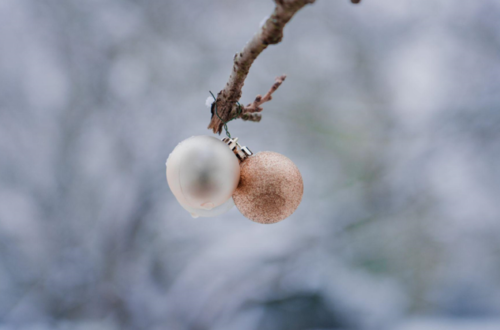
Bring the Joy of the Season: The Heartwarming History and Symbolism Behind Christmas Wreaths
The Christmas wreath is one of the most popular and enduring symbols of the holiday season. This festive decoration, typically made from evergreen branches and adorned with ribbons, berries, and other ornaments, has a long and rich history that spans centuries and cultures.
The use of wreaths as an ornament dates back to ancient times when they were associated with the sun and the cycles of the seasons. The Greeks and Romans, for instance, used wreaths as crowns and garlands to honor their gods and heroes. The Ancient Celts, on the other hand, believed that wreaths represented the cyclical nature of life and death, and they used them as a symbol of hope and renewal.
The modern Christmas wreath, however, is believed to have originated in northern Europe during the Middle Ages, where it was used as a symbol of the Advent season, which begins four Sundays before Christmas Day. Traditionally, Advent wreaths consisted of four candles arranged in a circle, each representing one of the four weeks leading up to Christmas. The wreath itself was typically made from evergreens, which symbolized the hope and eternal life promised by the birth of Jesus Christ.
Over time, the Christmas wreath evolved from a simple Advent decoration to a more elaborate and festive ornament. Today, wreaths come in all shapes and sizes and are often made from a variety of materials, including pine cones, holly berries, and even artificial materials such as mesh and ribbon.
One of the most notable aspects of the Christmas wreath is its circular shape, which has deep symbolic meaning. The circle is a symbol of eternity and infinity, representing the unbroken circle of life and the continuation of the seasons. It is also a symbol of unity and wholeness, bringing people together in a common spirit of celebration and joy.
In addition to its symbolic meaning, the materials used to make a Christmas wreath also have significant symbolism. Evergreens, for example, are a common material used in wreaths because they retain their green color throughout the winter season, symbolizing life and growth even in the midst of darkness and cold. Holly berries, on the other hand, represent the blood of Christ and his sacrifice, while pine cones are a symbol of fertility and rebirth.
The act of hanging a Christmas wreath is also steeped in tradition and symbolism. According to tradition, wreaths should always be hung with the bow or other ornaments at the top, signifying the highest point of the year when the cycle of seasons begins anew. They are typically hung on doors and windows, welcoming visitors and adding a touch of festivity to the home.
In addition to being a beautiful decoration, the Christmas wreath is also a symbol of generosity and charity. Many organizations sell wreaths during the holiday season to raise money for charitable causes, such as aid to the homeless, food banks, and other community initiatives. By purchasing a wreath or making one yourself, you can extend the joy and meaning of the holiday season to others in need.
In conclusion, the Christmas wreath is a timeless symbol of the holiday season, with a rich and storied history dating back centuries. Whether made from evergreens, holly berries or other materials, its circular shape and deep symbolism inspire feelings of hope, unity, and joy. As we celebrate the holiday season, let us remember the origins and meaning of the Christmas wreath, and continue to spread its message of peace, love, and goodwill to others.




